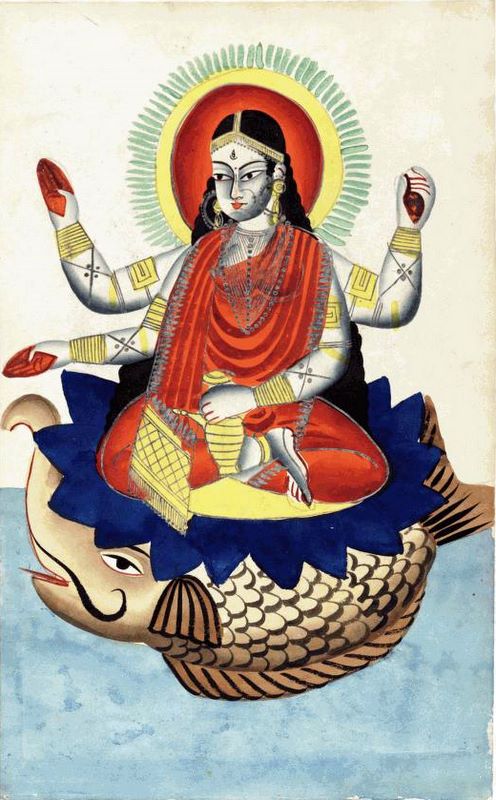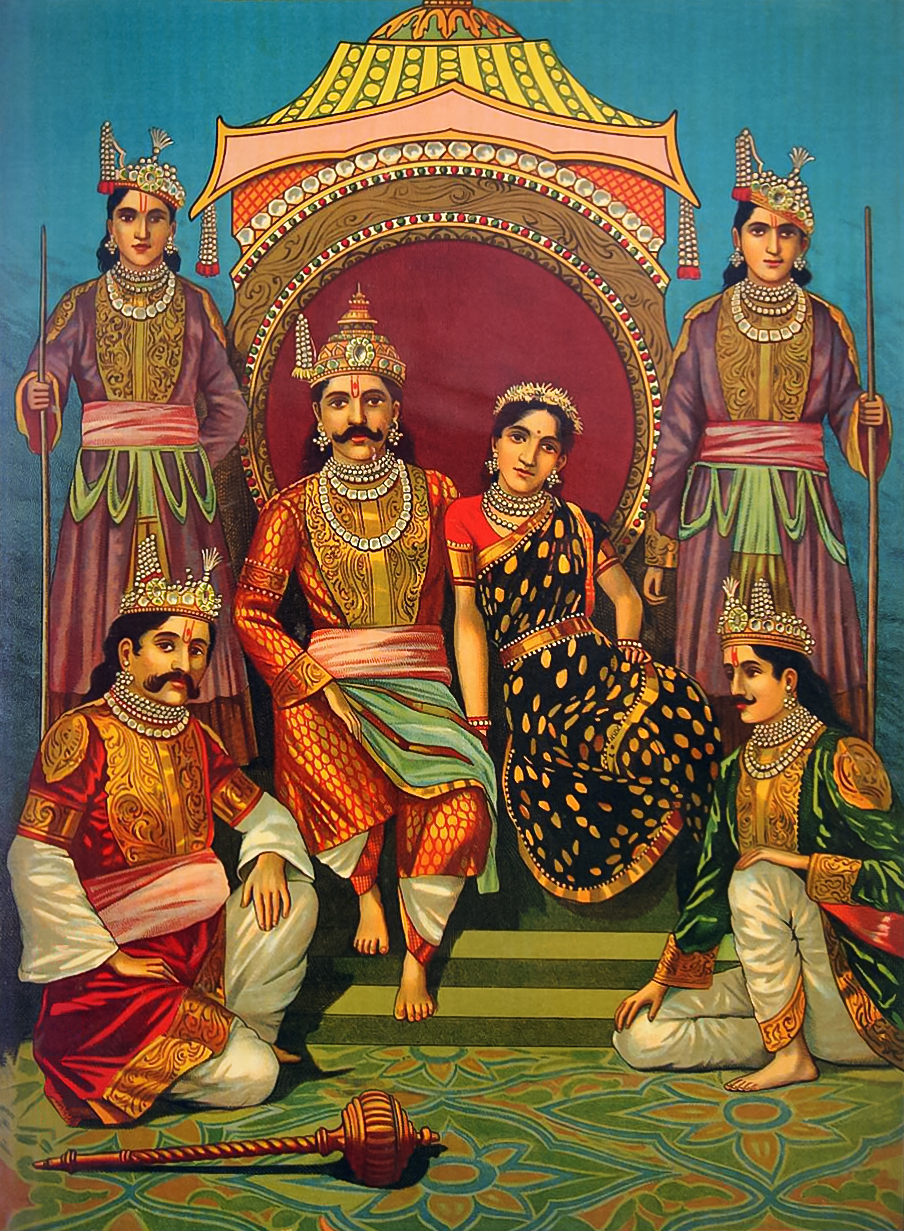|
Draupadi Ratha
The Draupadi Ratha is a monument in the Pancha Rathas complex at Mahabalipuram, previously called Mamallapuram, on the Coromandel Coast of the Bay of Bengal, in the Kancheepuram district of the state of Tamil Nadu, India. It is an example of monolithic Indian rock-cut architecture. Dating from the late 7th century, it is attributed to the reign of King Mahendravarman I and his son Narasimhavarman I (630–680 AD; also called Mamallan, or "great warrior") of the Pallava Kingdom. The entire complex is under the auspices of the Archaeological Survey of India (ASI), and is one of the Group of Monuments at Mahabalipuram designated as a UNESCO World Heritage Site since 1984. Resembling a chariot (''ratha''), it is carved out of a single, long stone of granite. Though sometimes mistakenly referred to as a temple, the structure was not consecrated because it was not completed due to the death of Narasimhavarman I. The structure is named after the common consort Draupadi of the Pancha P ... [...More Info...] [...Related Items...] OR: [Wikipedia] [Google] [Baidu] |
Tamil Nadu
Tamil Nadu (; , TN) is the southernmost States and union territories of India, state of India. The List of states and union territories of India by area, tenth largest Indian state by area and the List of states and union territories of India by population, sixth largest by population, Tamil Nadu is the home of the Tamil people, who speak the Tamil language—the state's official language and one of the longest surviving Classical languages of India, classical languages of the world. The capital and largest city is Chennai. Located on the south-eastern coast of the Indian peninsula, Tamil Nadu is straddled by the Western Ghats and Deccan Plateau in the west, the Eastern Ghats in the north, the Eastern Coastal Plains lining the Bay of Bengal in the east, the Gulf of Mannar and the Palk Strait to the south-east, the Laccadive Sea at the southern Cape (geography), cape of the peninsula, with the river Kaveri bisecting the state. Politically, Tamil Nadu is bound by the Indian sta ... [...More Info...] [...Related Items...] OR: [Wikipedia] [Google] [Baidu] |
World Heritage Site
World Heritage Sites are landmarks and areas with legal protection under an treaty, international treaty administered by UNESCO for having cultural, historical, or scientific significance. The sites are judged to contain "cultural and natural heritage around the world considered to be of outstanding value to humanity". To be selected, a World Heritage Site is nominated by its host country and determined by the UNESCO's World Heritage Committee to be a unique landmark which is geographically and historically identifiable, having a special cultural or physical significance, and to be under a sufficient system of legal protection. World Heritage Sites might be ancient ruins or historical structures, buildings, cities, deserts, forests, islands, lakes, monuments, mountains or wilderness areas, and others. A World Heritage Site may signify a remarkable accomplishment of humankind and serve as evidence of humanity's intellectual history on the planet, or it might be a place of grea ... [...More Info...] [...Related Items...] OR: [Wikipedia] [Google] [Baidu] |
Makara Torana
Makara () is a legendary sea-creature in Hindu mythology. In Hindu astrology, Makara is equivalent to the Zodiac sign Capricorn (astrology), Capricorn. Makara appears as the vahana (vehicle) of the river goddess Ganga in Hinduism, Ganga, Narmada#Significance in Hinduism, Narmada, and of the god of the ocean, Varuna. Makara are considered guardians of gateways and thresholds, protecting throne rooms as well as entryways to temples; it is the most commonly recurring creature in Hindu and Buddhist Hindu temple architecture, temple iconography, and also frequently appears as a gargoyle or as a spout attached to a natural spring. Makara-shaped earrings called ''Makarakundalas'' are sometimes worn by Hindu deities, for example Shiva, Vishnu, Surya, and Chandi. Makara is also the Dhvaja, insignia of the love god Kamadeva, who has no dedicated temples and is also known as ''Makaradhvaja'', "one whose flag depicts a makara". Etymology ''Makara'' is a Sanskrit word which means "sea-anim ... [...More Info...] [...Related Items...] OR: [Wikipedia] [Google] [Baidu] |
Arjuna Ratha
Arjuna Ratha is a monument from the Pallava Period at Mahabalipuram, on the Coromandel Coast of the Bay of Bengal, in Kancheepuram district of Tamil Nadu, India. Dated to the seventh century, it is an example of early Dravidian architecture and of monolith Indian rock-cut architecture dating from the late 7th century during reign of King Mahendravarman I and his son Narasimhavarman I (630–680 AD) of the Pallava Kingdom. One of the Pancha Rathas, it is believed to have been completed before the Dharmaraja Ratha, and like that and the Bhima Ratha, the stone temple is a replica of an earlier wooden version which preceded it. It is one of the Group of Monuments at Mahabalipuram designated as a UNESCO World Heritage Site since 1984. Geography The structure is located at Mahabalipuram (previously known as Mammallapuram) on the Coromandel Coast of the Bay of Bengal in the Indian Ocean, in Kancheepuram district. It is approximately south of Chennai (previously known as Madras), the c ... [...More Info...] [...Related Items...] OR: [Wikipedia] [Google] [Baidu] |
Pandavas
The Pandavas (Sanskrit: पाण्डव, aɳɖɐʋᵊ IAST: Pāṇḍava) is a group name referring to the five legendary brothers, Yudhishtira, Bhima, Arjuna, Nakula, and Sahadeva, who are central figures of the Hindu epic ''Mahabharata''. They are acknowledged as the sons of Pandu, the King of Kuru, but were fathered by different '' Devas'' (gods) due to Pandu's cursed inability to naturally sire children. In the epic, the Pandavas married Draupadi, the princess of Panchala, and founded the city of Indraprastha after the Kuru Kingdom was split to avoid succession disputes. After the split, the other part of the kingdom was ruled by their cousins, the Kauravas. However, the Pandavas lost their kingdom to Duryodhana (eldest and king of the Kauravas) when Yudhishthira gambled it away during a game of dice. The bet Yudhishtira agreed to was that the Pandavas would hand the kingdom over to the Kauravas and go into exile for 12 followed by an year in hiding. After this ... [...More Info...] [...Related Items...] OR: [Wikipedia] [Google] [Baidu] |
Chengalpattu
Chengalpattu, previously known as Chingleput or Chengalpet, is a town and the headquarters of Chengalpattu district of the state Tamil Nadu, India. The town is located near to the industrial and IT hub. It is the headquarters of the district and is away from the state capital, Chennai on the National Highway 45. It is an important commercial center. It has a medical college and other colleges affiliated with the University of Madras. Etymology The city is believed to have been named after a lily called 'chenkazhuneer poo' (செங்கழுநீர் பூ) which is found aplenty in the region. It is near the banks of Palar River about 56 km southwest of Chennai city (Madras) and thus Chengapattu is called the "Gateway of Chennai". History Chengalpattu dates from the early Chola dynasty of the 2nd century BCE. Chengalpattu was formerly a capital of the kings of Vijayanagara, after their defeat by the Deccan sultanates at Battle of Talikota in 1565. The for ... [...More Info...] [...Related Items...] OR: [Wikipedia] [Google] [Baidu] |
Chennai
Chennai, also known as Madras (List of renamed places in India#Tamil Nadu, its official name until 1996), is the capital city, capital and List of cities in Tamil Nadu by population, largest city of Tamil Nadu, the southernmost states and territories of India, state of India. It is located on the Coromandel Coast of the Bay of Bengal. According to the 2011 Census of India, 2011 Indian census, Chennai is the List of most populous cities in India, sixth-most-populous city in India and forms the List of million-plus urban agglomerations in India, fourth-most-populous urban agglomeration. Incorporated in 1688, the Greater Chennai Corporation is the oldest municipal corporation in India and the second oldest in the world after City of London Corporation, London. Historically, the region was part of the Chola dynasty, Chola, Pandya dynasty, Pandya, Pallava dynasty, Pallava and Vijayanagara Empire, Vijayanagara kingdoms during various eras. The coastal land which then contained th ... [...More Info...] [...Related Items...] OR: [Wikipedia] [Google] [Baidu] |
Indian Ocean
The Indian Ocean is the third-largest of the world's five oceanic divisions, covering or approximately 20% of the water area of Earth#Surface, Earth's surface. It is bounded by Asia to the north, Africa to the west and Australia (continent), Australia to the east. To the south it is bounded by the Southern Ocean or Antarctica, depending on the definition in use. The Indian Ocean has large marginal or regional seas, including the Andaman Sea, the Arabian Sea, the Bay of Bengal, and the Laccadive Sea. Geologically, the Indian Ocean is the youngest of the oceans, and it has distinct features such as narrow continental shelf, continental shelves. Its average depth is 3,741 m. It is the warmest ocean, with a significant impact on global climate due to its interaction with the atmosphere. Its waters are affected by the Indian Ocean Walker circulation, resulting in unique oceanic currents and upwelling patterns. The Indian Ocean is ecologically diverse, with important ecosystems such ... [...More Info...] [...Related Items...] OR: [Wikipedia] [Google] [Baidu] |
Mahabharata
The ''Mahābhārata'' ( ; , , ) is one of the two major Sanskrit Indian epic poetry, epics of ancient India revered as Smriti texts in Hinduism, the other being the ''Ramayana, Rāmāyaṇa''. It narrates the events and aftermath of the Kurukshetra War, a war of succession between two groups of princely cousins, the Kauravas and the Pandava, Pāṇḍavas. It also contains Hindu philosophy, philosophical and devotional material, such as a discussion of the four "goals of life" or ''puruṣārtha'' (12.161). Among the principal works and stories in the ''Mahābhārata'' are the ''Bhagavad Gita'', the story of Damayanti, the story of Shakuntala, the story of Pururava and Urvashi, the story of Savitri and Satyavan, the story of Kacha (sage), Kacha and Devayani, the story of Rishyasringa and an Ramopakhyana, abbreviated version of the ''Rāmāyaṇa'', often considered as works in their own right. Traditionally, the authorship of the ''Mahābhārata'' is attributed to Vyasa, Vy ... [...More Info...] [...Related Items...] OR: [Wikipedia] [Google] [Baidu] |







